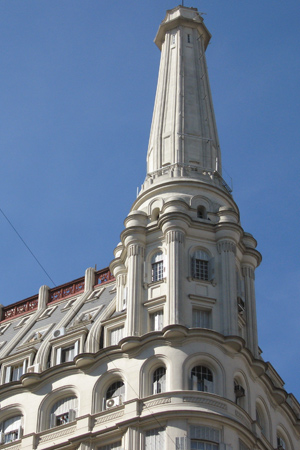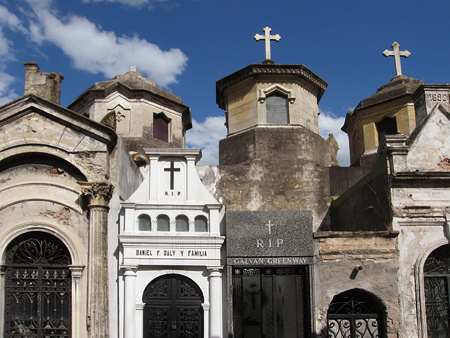
Documenting Recoleta Cemetery in Buenos Aires since 2007
Wandering around taking photos inside the cemetery, I stumbled upon a small sticker on the side of one vault:
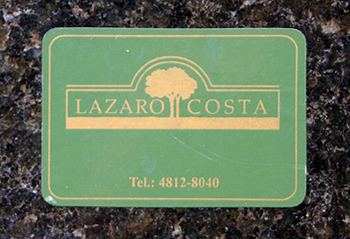
I recognized the name & logo because I live only two blocks from this funeral parlor. I may like Recoleta Cemetery, but I’m not morbid enough to suggest visiting a funeral parlor on the corner of Santa Fe & Callao:
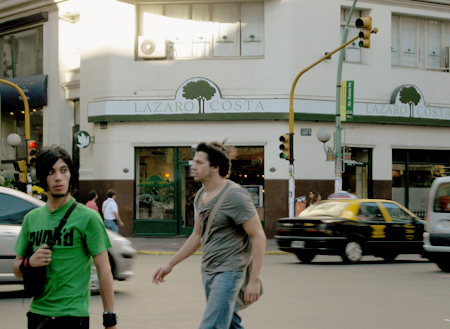
But at least go to the intersection to see the building where Lázaro Costa is the flagship store:
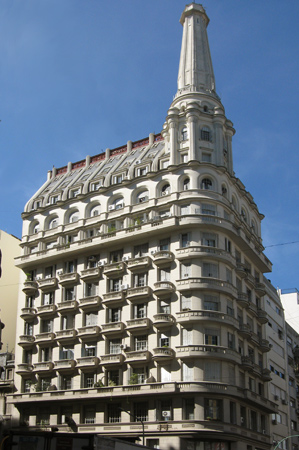
This spectacular high rise was built by Italian architect Mario Palanti, famous for the Palacio Barolo… but this is equally fascinating. Sloped rooftops, rounded balconies & oddly-shaped domes are Palanti’s trademark. At any time of year, sunset is the best time to photograph this luxury apartment building:
